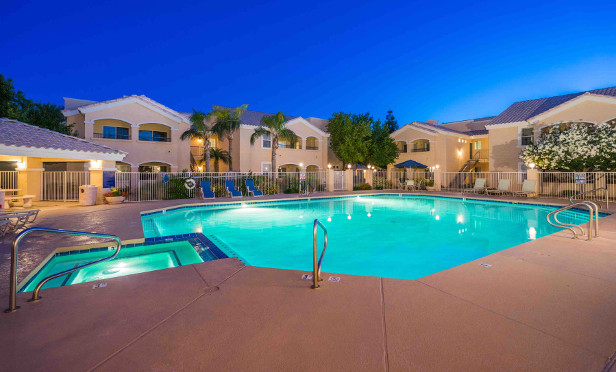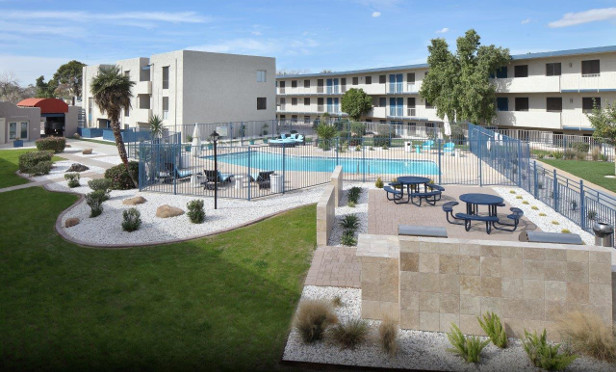
SAN DIEGO—There's a distinct supply/demand imbalance for apartment assets nationally and in the western US markets, so investors must be creative to find opportunities, Pathfinder Partners' senior managing director Mitch Siegler tells GlobeSt.com. As we recently reported, the firm, which specializes in opportunistic and value-add multifamily/residential real estate investments, recently added two Phoenix properties valued at more than $32 million to its multifamily portfolio: the Vintage Apartments in Gilbert, AZ, acquired for $18.6 million; and Avalon Apartments in Northeast Phoenix, near the 24th and Camelback corridor, purchased for $13.7 million.
Both properties fit the firm's investment philosophy of acquiring value-add multifamily properties in select mid-tier cities throughout the West. We sat down with Siegler to discuss his firm's strategies and target markets as well as the multifamily outlook for 2018.

GlobeSt.com: Do you see the appetite for multifamily continuing into 2018 and beyond?
Siegler: Nationally, and especially in Pathfinder's target markets in the western US, there's a substantial supply/demand imbalance, as evidenced by historically high occupancy rates (95%-plus) with robust rent growth for each of the past several years. Based on our research and that of independent, third-party housing-market researchers, these conditions are likely to continue for the next several years.
These issues are made more acute by the decline in the homeownership rate (from 69% to 62.5% from 2006 to 2017); the homeownership rate is expected to fall further through 2025. This leads to millions of Americans who previously owned now renting.
The 2017 Tax Cuts and Jobs Act further advantages renting—by virtue of the doubling of the standard deduction—at the expense of homeownership, which is negatively impacted by caps on mortgage interest and property-tax deductions.
GlobeSt.com: What markets are you eyeing in 2018?
Siegler: We are entirely focused on seven markets where we have been active for a number of years: Seattle, Portland, Denver, Phoenix, San Diego/Southern California, Las Vegas and Sacramento. All of these markets exhibit strong market dynamics, solid population and job growth and attractive housing fundamentals, which we expect to continue over the next several years.

GlobeSt.com: What types of multifamily properties are most appealing for investment at this time, and why?
Siegler: We focus primarily on '80s-to-'90s-vintage, class-B suburban apartments that haven't been upgraded. We also seek niche opportunities to acquire other multifamily properties, including partially sold condominium/townhome projects, which we may operate as rental communities or sell as individual units.
There is a distinct dichotomy between the price that a new class-A apartment costs today to build or buy and the pricing for undermanaged, 1980s- and 1990s-vintage, class-B projects, which can often be acquired for well below replacement cost. Given the increasingly high costs to build new product (driven by the unavailability of land, community opposition, onerous entitlement requirements and other barriers to entry), the corresponding rental rates are also significantly higher—in some cases double or triple those being charged for older product. As a result, we believe there is much more room for measurable rent growth with the older properties, especially after they are improved and modern amenities are added. Virtually all new supply is class-A and many people can't afford those rents. That's why we believe there's a hole in the market for renovated class-B properties.
GlobeSt.com: What else should our readers know about multifamily investment?
Siegler: The way people shop has changed dramatically as Amazon/Internet shopping has disintermediated traditional retail. The nature of office work is also changing, and more people work remotely in hotel lobbies, airports and Starbucks, reducing the demand for office space. However, people will always need a place to live. Housing—especially apartments—has been undersupplied for many years. Societal shifts away from homeownership and toward renting also provide a strong tailwind supporting apartments.
© 2025 ALM Global, LLC, All Rights Reserved. Request academic re-use from www.copyright.com. All other uses, submit a request to [email protected]. For more information visit Asset & Logo Licensing.







